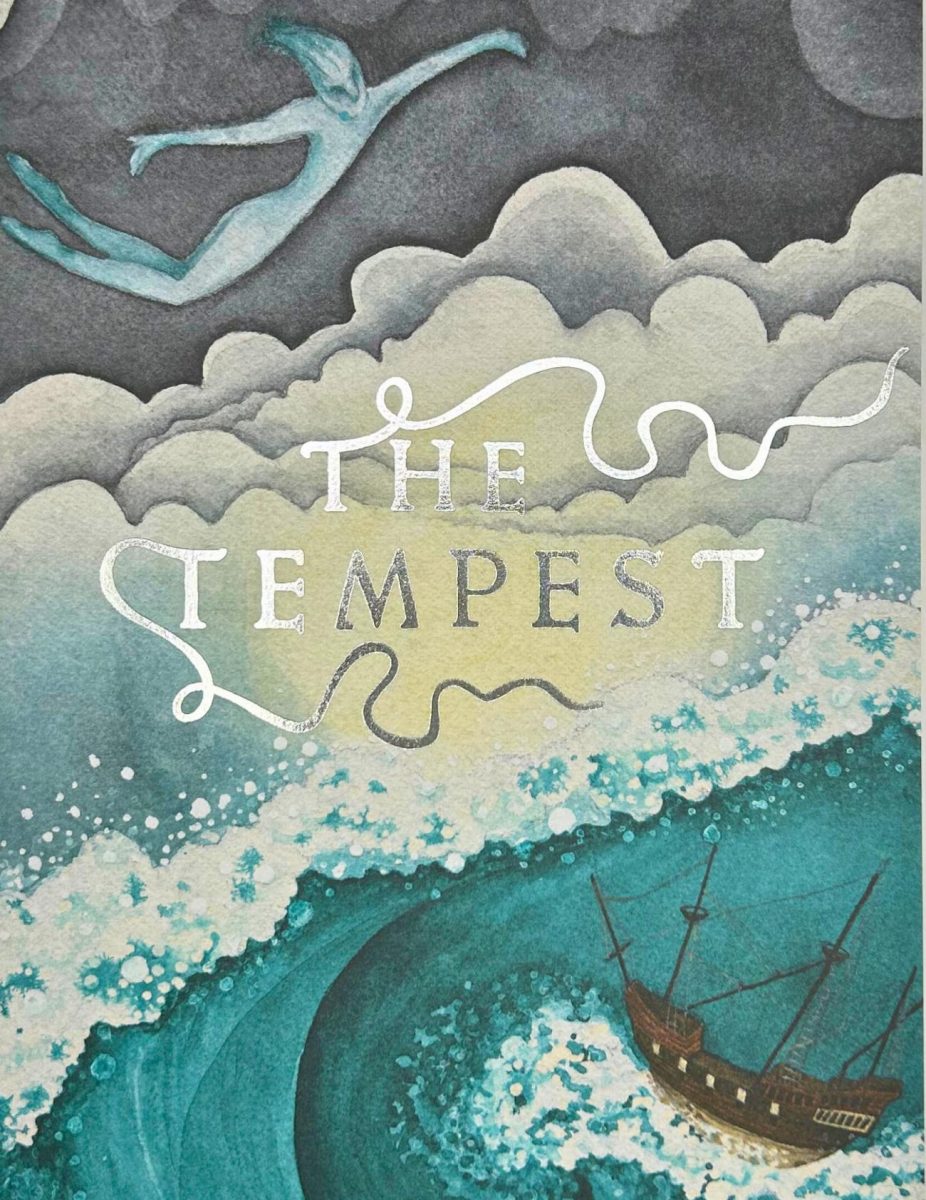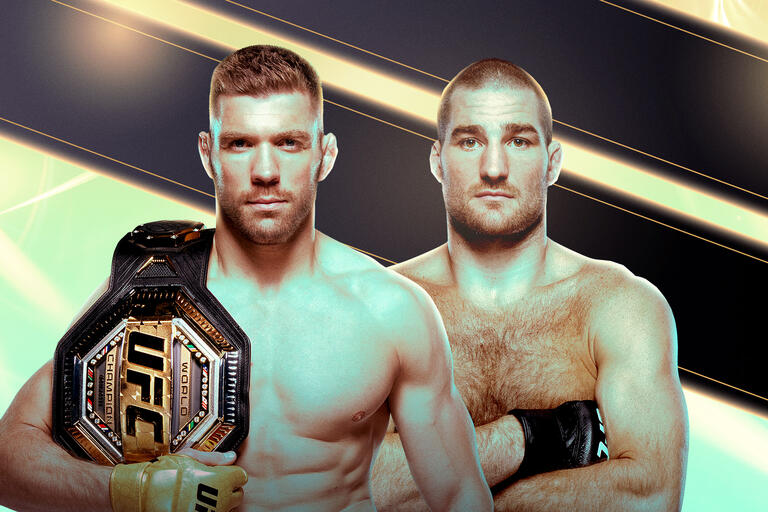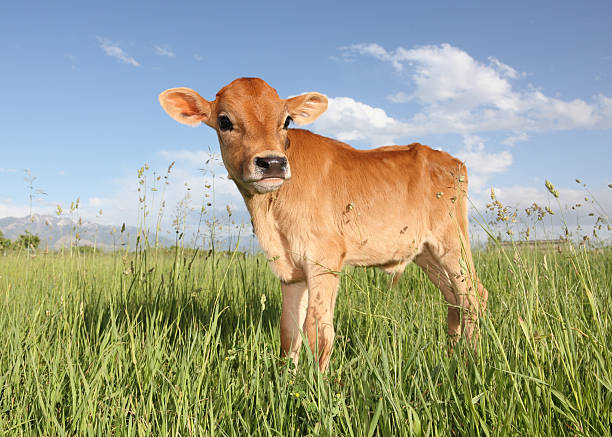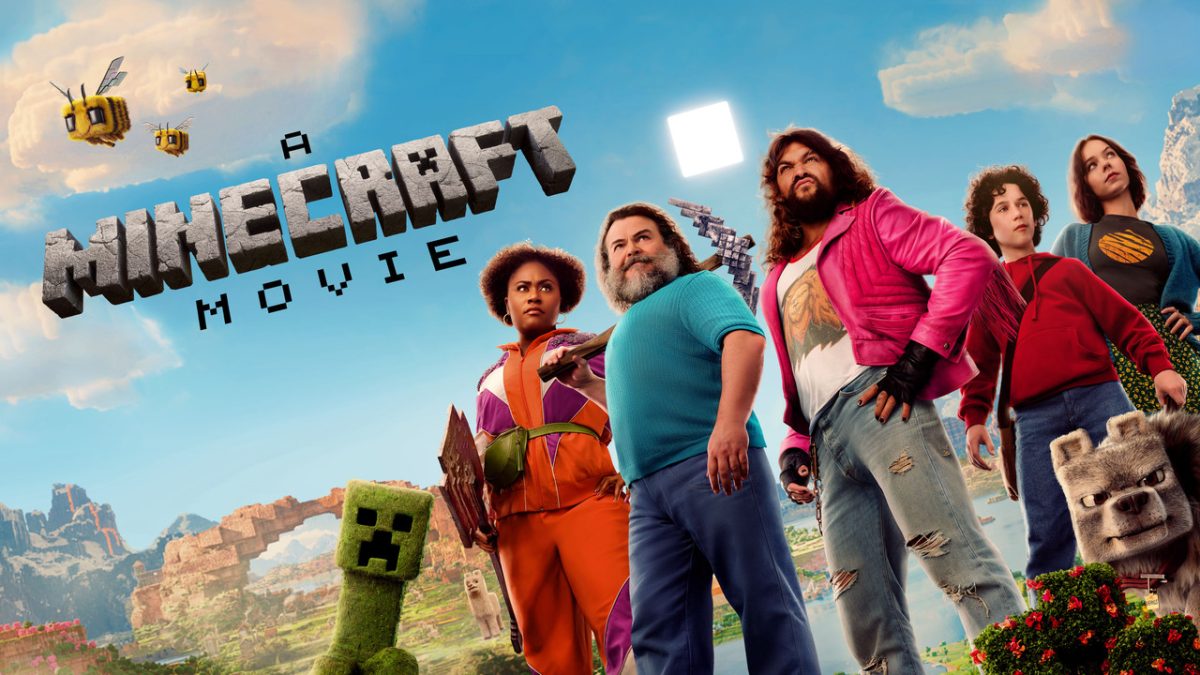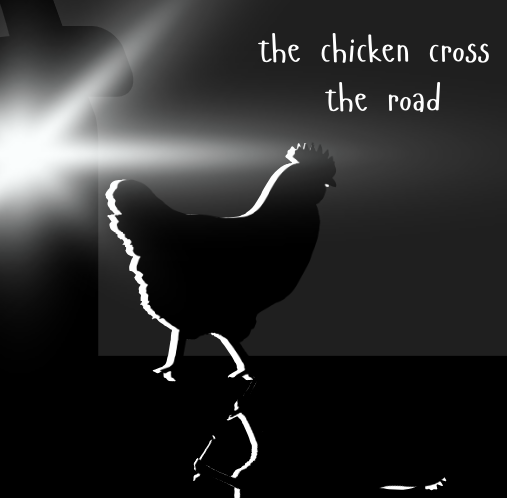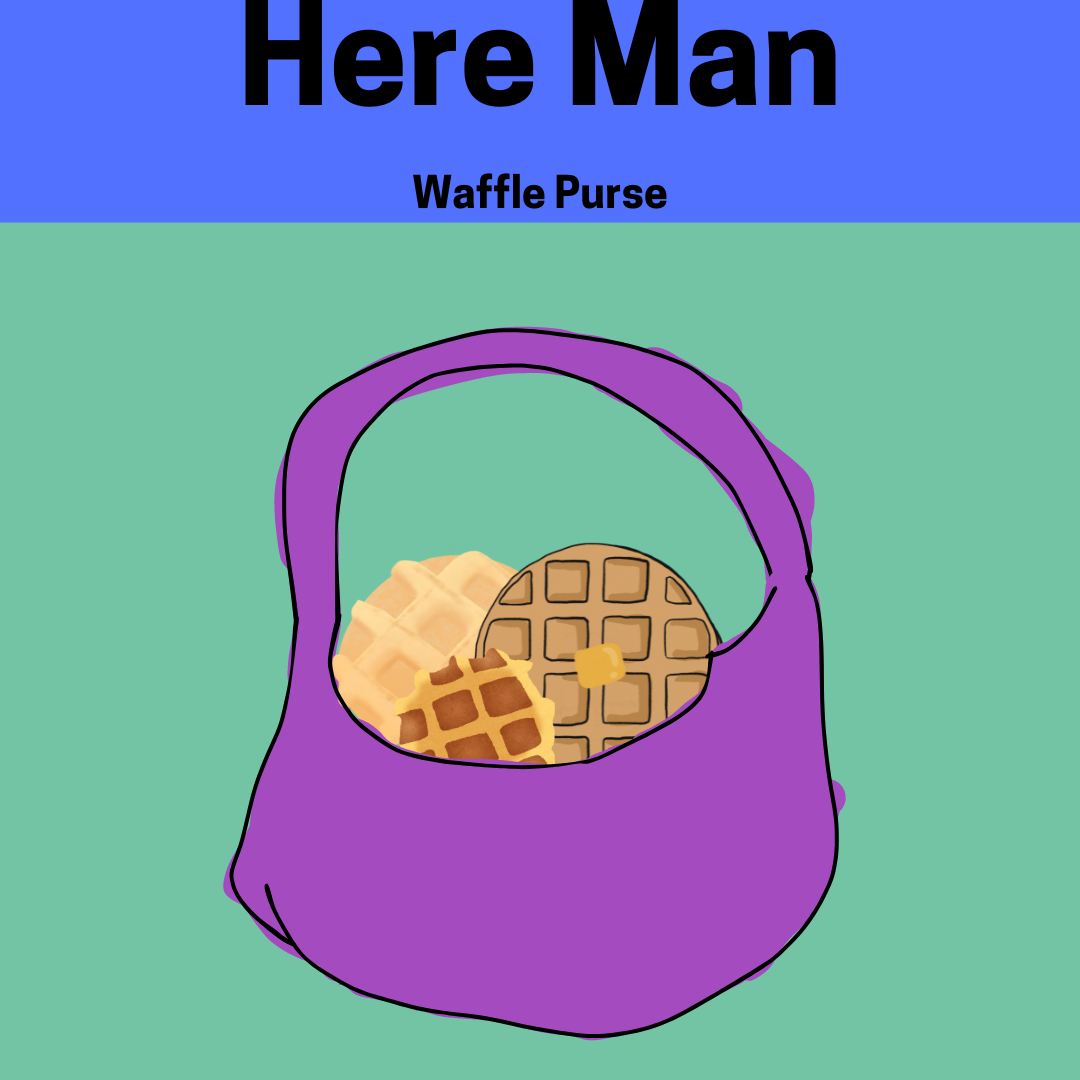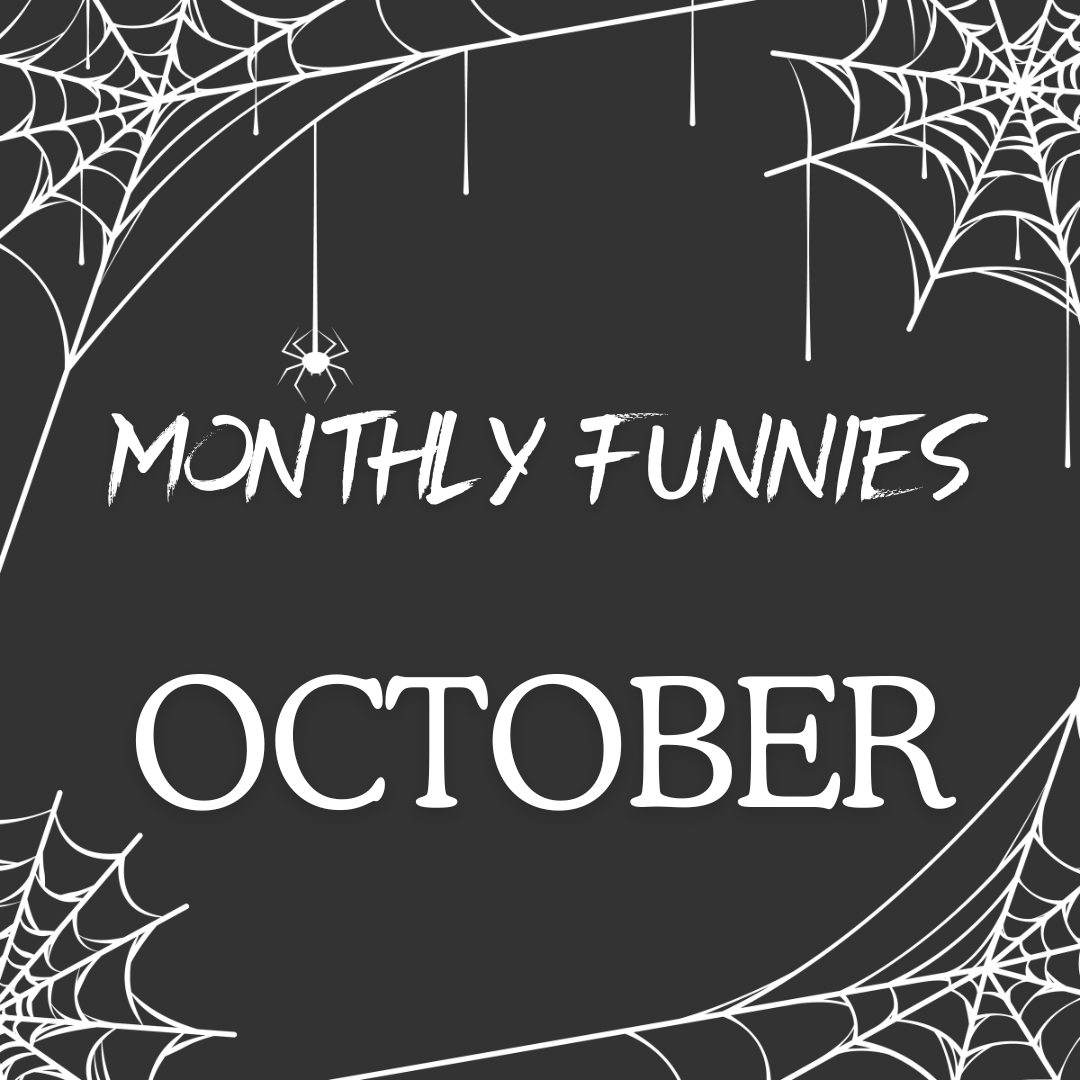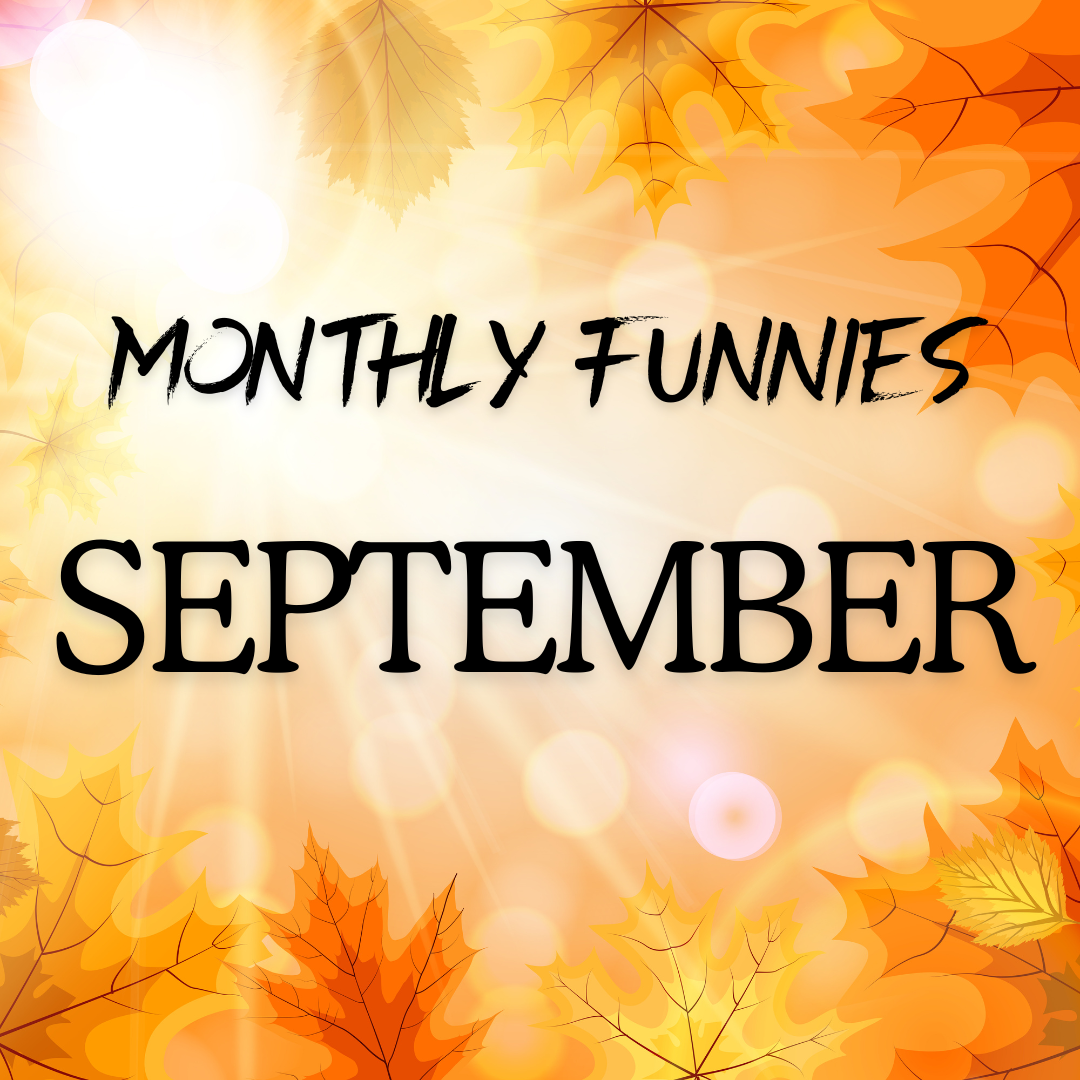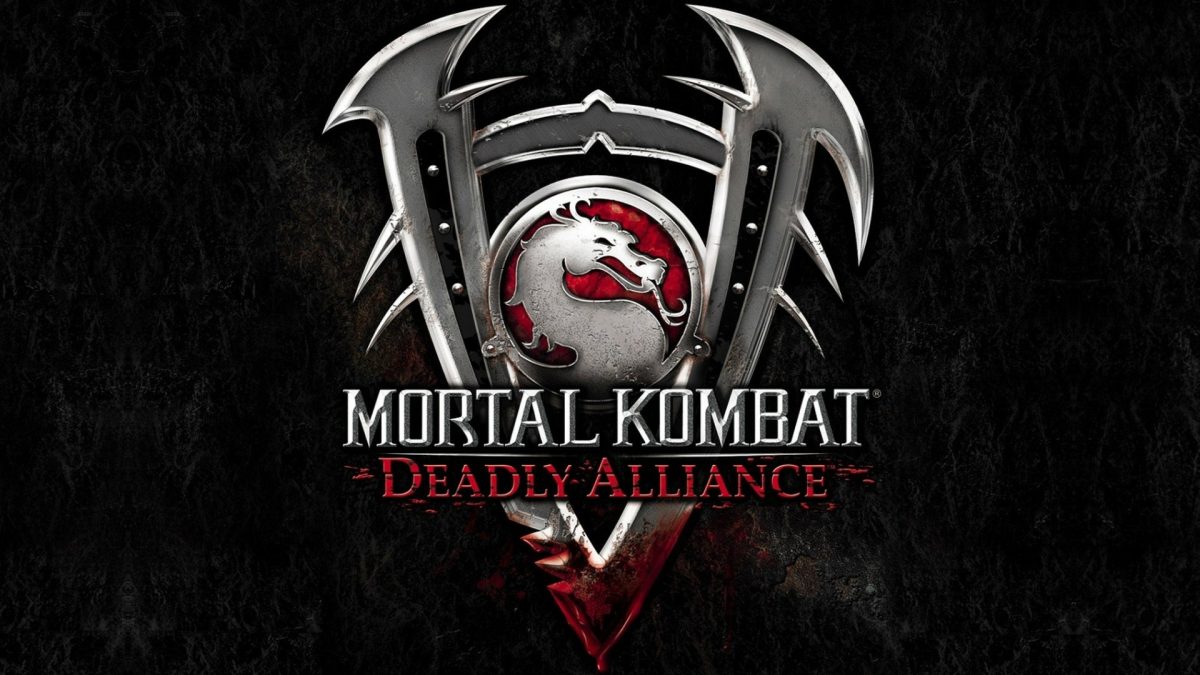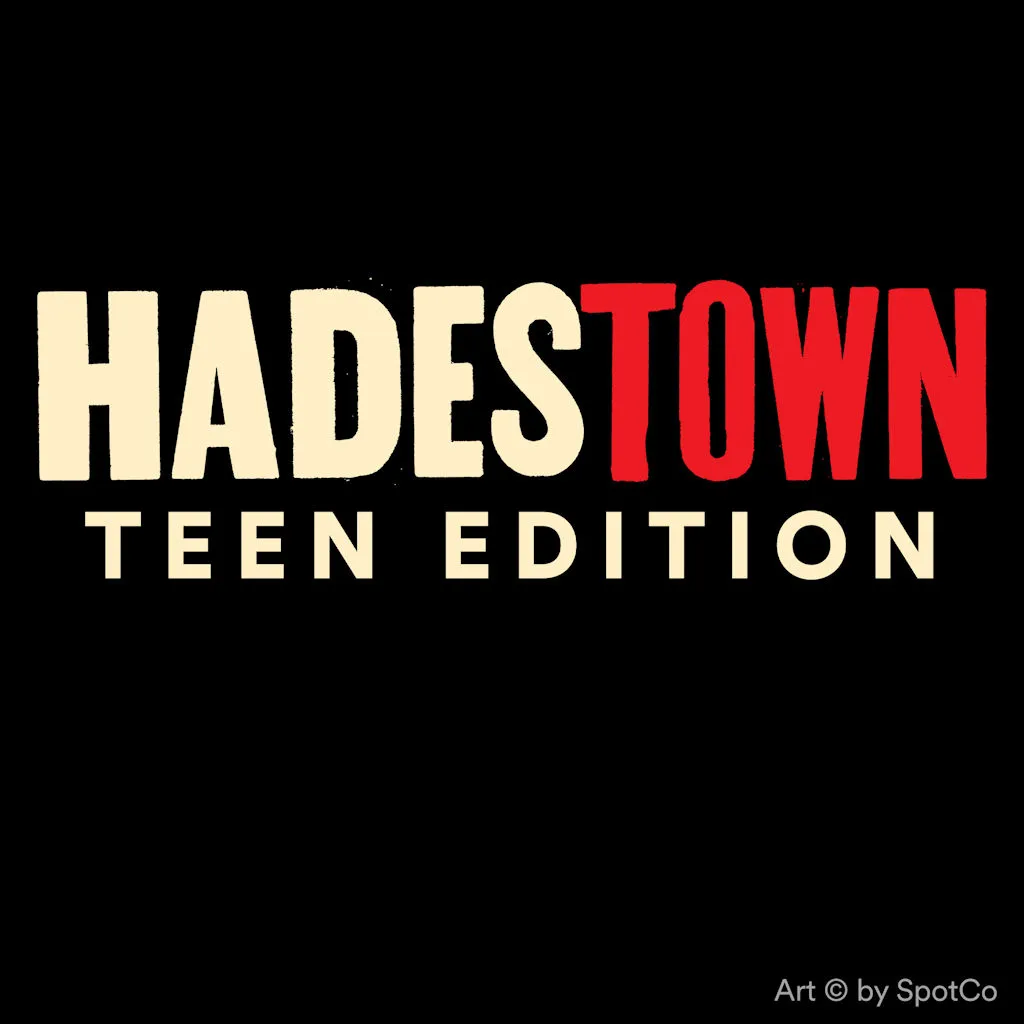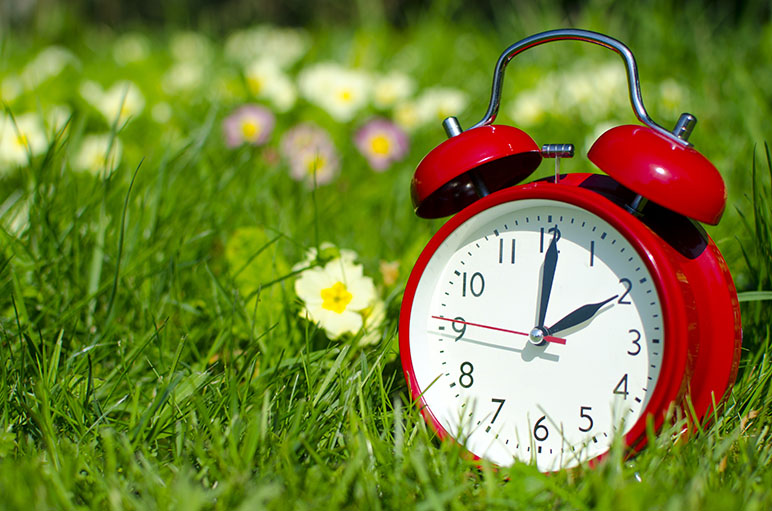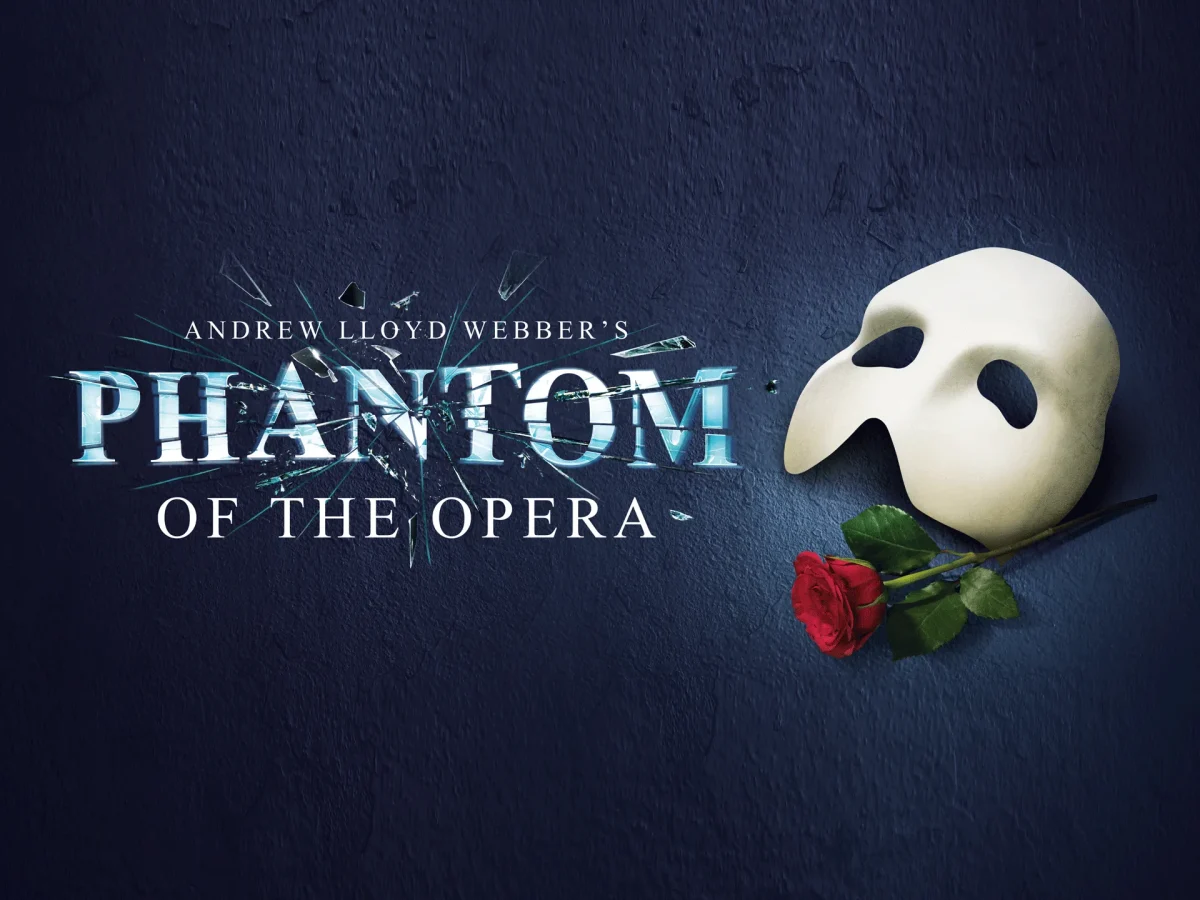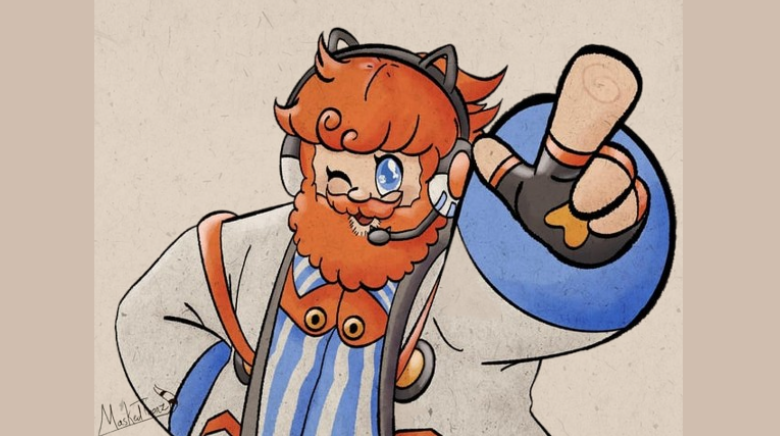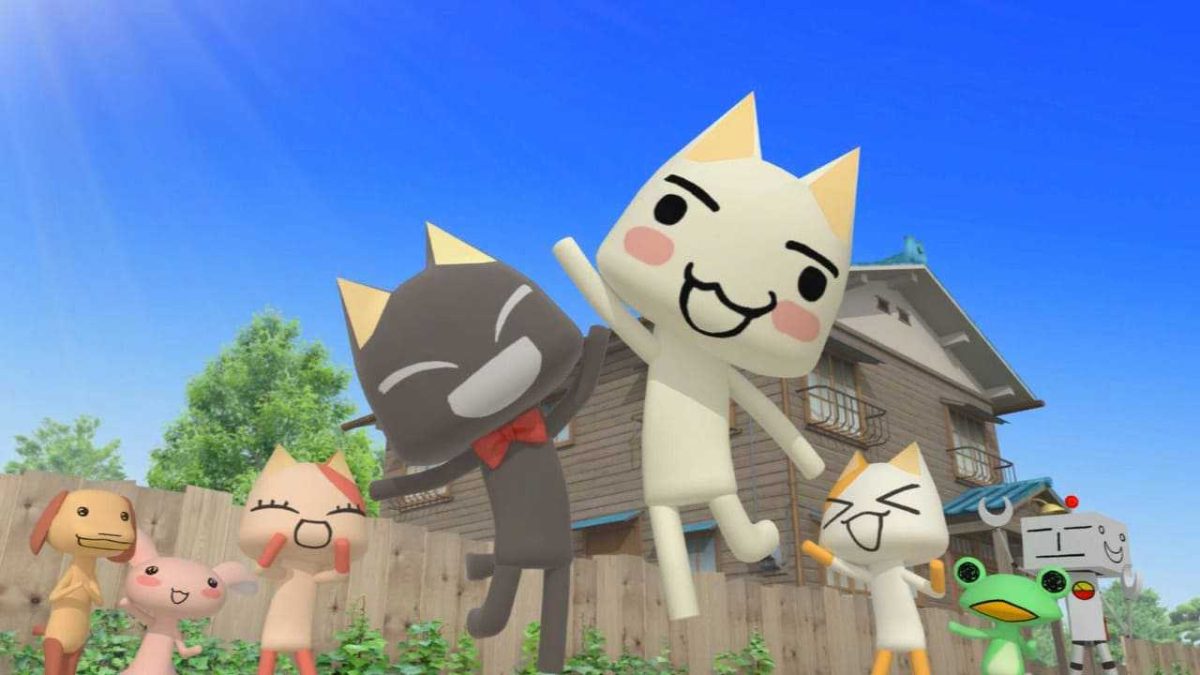Highland cows, aka Scottish Highland cattle, have taken the world by storm with their incredible appearance, long hair and big personalities. Join us as we dive into the delightful world of Highland Cattle, exploring their size, costs, practical uses, and even their potential as pets. Note that “mini-Highland cows” actually don’t exist. Highland Cattle may be more compact than other dairy cows or meat cows, but they are incorrectly deemed “mini.”
The Cost Of Highland Cows:
Before diving into this adorable endeavor, it’s essential to understand the cost involved. With their distinctive appearance, they can vary in price depending on factors like lineage, size, and coat color. Prices can vary from a few thousand dollars upwards to tens of thousands due to their recent surge in popularity. Investing in these charismatic creatures comes with responsibilities that go beyond their price tag. For example, all cattle require adequate space, feed, fencing and veterinary care. Don’t forget that all breeds of cattle are herd animals and require bovine companionship as well. They do poorly without a friend of the same species.
How Big Might A Highland Cow Get?
Well on average, these fluffy cows stand around 4 to 5 feet tall at the shoulder and weigh on average about 1200 – 1300 pounds. Some will be several hundred pounds smaller and others will tip the scale at over 1800.
Do Highland Cows Produce Milk?
The appeal of Highland cows goes beyond their looks. However, when it comes to milk production, it is limited compared to dairy cattle. Originally a dual purpose breed, they have not been selected over the generations for heavy milk production. Although many individual cows may be suitable for personal use rather than commercial dairy operations.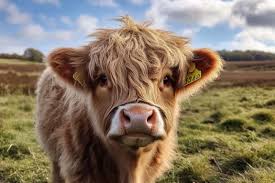
Highland Cow Lifespan: What to Expect
If you’re considering welcoming a Highland cow into your life, it’s essential to understand the commitment involved. These endearing creatures have an average lifespan of around 15 to 20 years. This means that adopting one is a commitment that requires proper care, attention, and resources to ensure they live a happy and healthy life.
As Highland cows mature, they develop into the charming adults they’re meant to be. Their gentle disposition makes them great for interactions with people, especially if they’ve been properly socialized from a young age. Just like with any animal, their personalities can vary, but many Highland cows are known for their friendly nature and the joy they bring to those around them. Also there Isn’t anything more heartwarming than a Highland cow calf? These little ones, often referred to as “mini moo-moos,” are a sight to behold. Their small size and playful antics make them a source of endless delight, but remember – they do grow up. Caring for a Highland calf requires attention to their nutritional needs, health, and growth, setting the foundation for a healthy and happy adulthood. Newborn calves should never be separated from their mother and hand raised as bottle babies unless it is absolutely necessary for the health or life of the mother or calf. Bottle-raised calves of any breed are prone to behavioral problems making them very difficult to manage and potentially dangerous as they mature.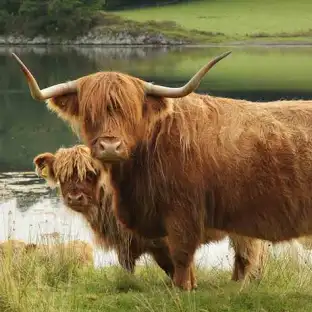
As my thoughts come to an end Highland cows offer more than just an opportunity to coo over their cuteness. They have a genuine purpose that goes beyond their aesthetics. Whether they’re providing companionship on a small farm, assisting with vegetation control, or simply being a source of joy, these amazing cows remind us that even the smallest creatures can have a big impact. And they do produce excellent beef.



